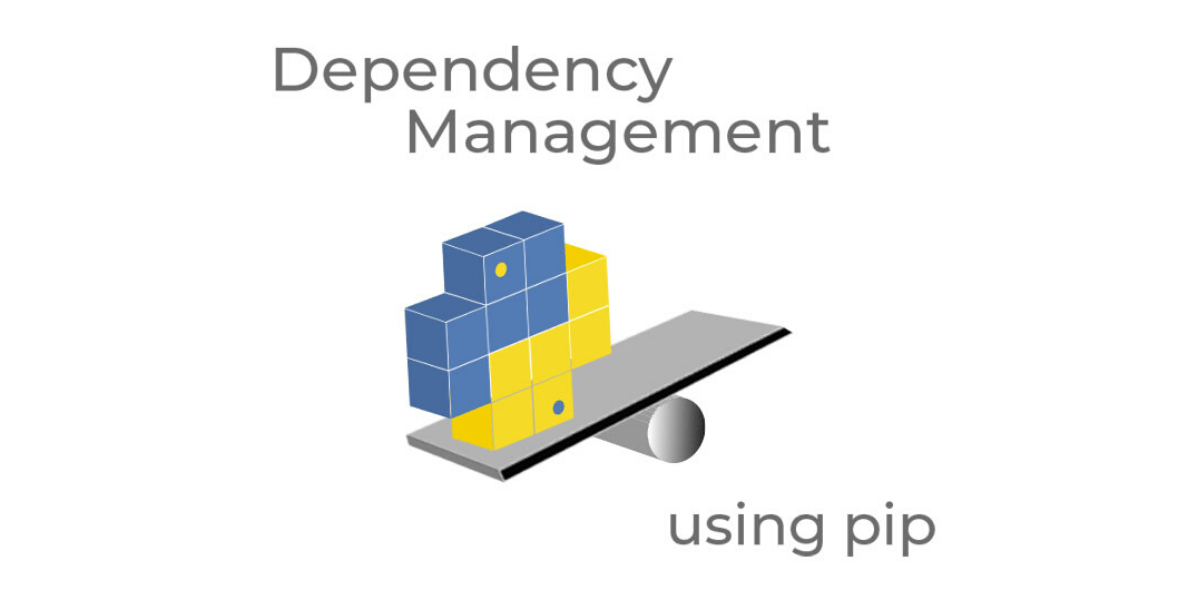

Information about the U: drive for your CCSS Research Support computing account can be found inside the link below.Ĭonfirmed process working on Creating Virtual Environment Here is some guidance on installing software.To install Anaconda packages you must create a new virtual environment pointing to your U: drive. Check the application for instructions on compiling from source.

The mpi4py installs were tested with the Intel 2017 compiler. Installing mpi4py 1) Activate the Conda environmentįirst, activate the Conda environment, using conda activate 2) Set the environment to use system MPI. It will uninstall any packages that depend on the mpi package. For example, in a Conda environment with mpi4py installed, conda remove mpi will remove the mpi, openmpi, and mpi4py packages. Type conda list to find which packages contain MPI, and uninstall. For existing Conda environments, MPI may be uninstalled. Install all of the necessary Conda packages, preferably with a YAML file, as per the Conda documentation, but do not include mpi4pi. Module load openmpi-gcc/openmpi1.8.4-gcc4.8.2ĥ) Before using Rmpi within the Conda environmentĬonfirm that the MPI is functioning properly with LSF by running the sample Rmpi script provided in the R documentation. In the batch script, activate the Conda environment, and set the MPI environment by loading the module. Install.packages("Rmpi",repos="",configure.args="-with-Rmpi-libpath=$RMPI_LIBPATH -with-Rmpi-include=$RMPI_INCLUDE -with-Rmpi-type=OPENMPI") Setenv RMPI_LIBPATH /usr/local/apps/openmpi/1.8.4-gcc4.8.2/lib Setenv RMPI_INCLUDE /usr/local/apps/openmpi/1.8.4-gcc4.8.2/include Module load openmpi-gcc/openmpi1.8.4-gcc4.8.2 #This version of MPI is necessary for a successful compile Installing Rmpi 1) Activate the Conda environmentįirst, activate the Conda environment, using conda activate 2) Set the environment to use system MPI For example, in a Conda environment with Rmpi installed, conda remove mpi will remove the mpi, openmpi, and r-rmpi packages. Install all of the necessary Conda packages, preferably with a YAML file, as per the Conda documentation, but do not include Rmpi. User installed MPI will not work properly with LSF, therefore a user must use the system MPI.īelow are examples of using system MPI for R or Python libraries requiring MPI. That means that if an installed package requires MPI, Conda will install its own MPI.

Conda is package management system that installs applications and all of their dependencies.


 0 kommentar(er)
0 kommentar(er)
